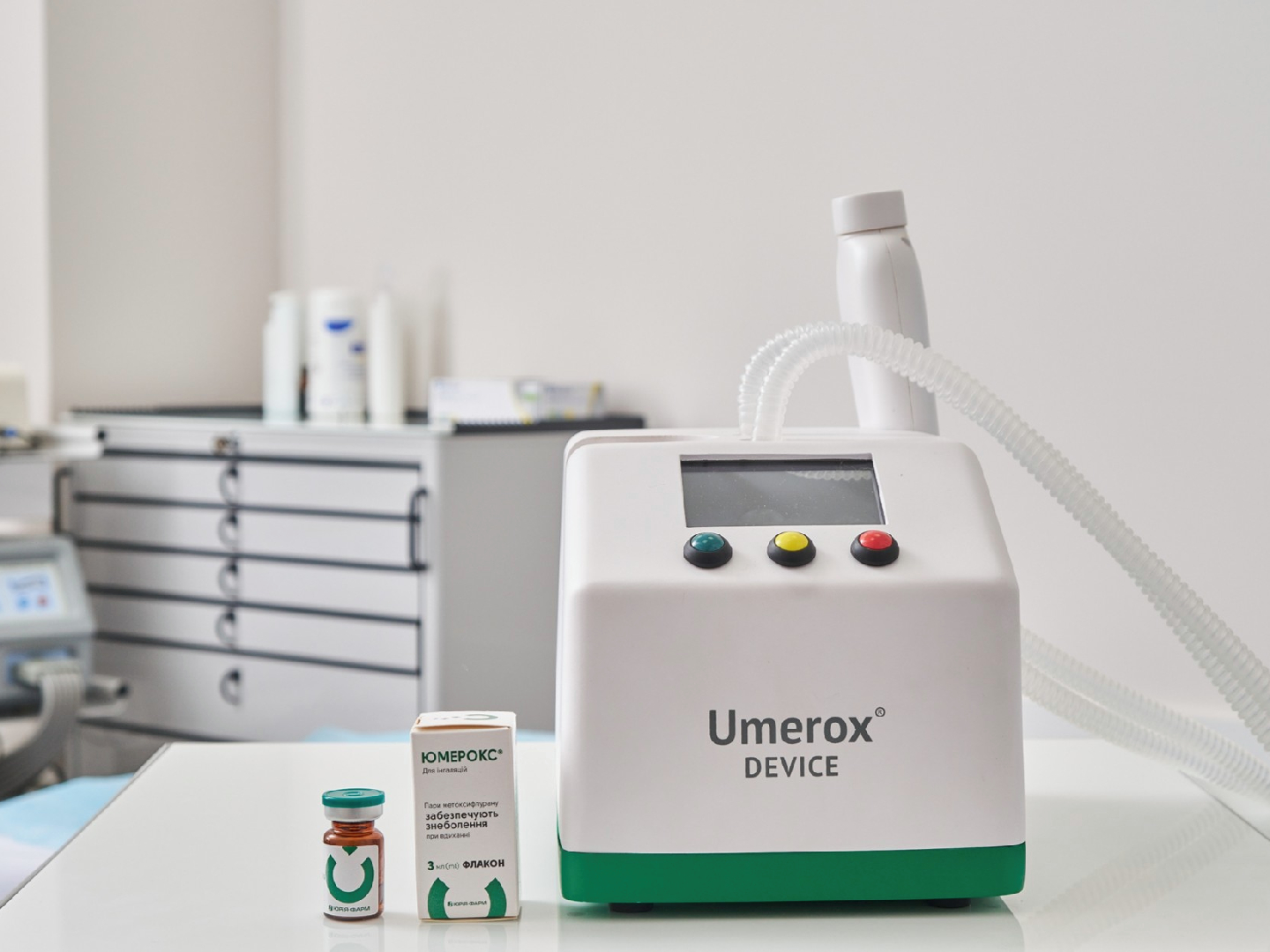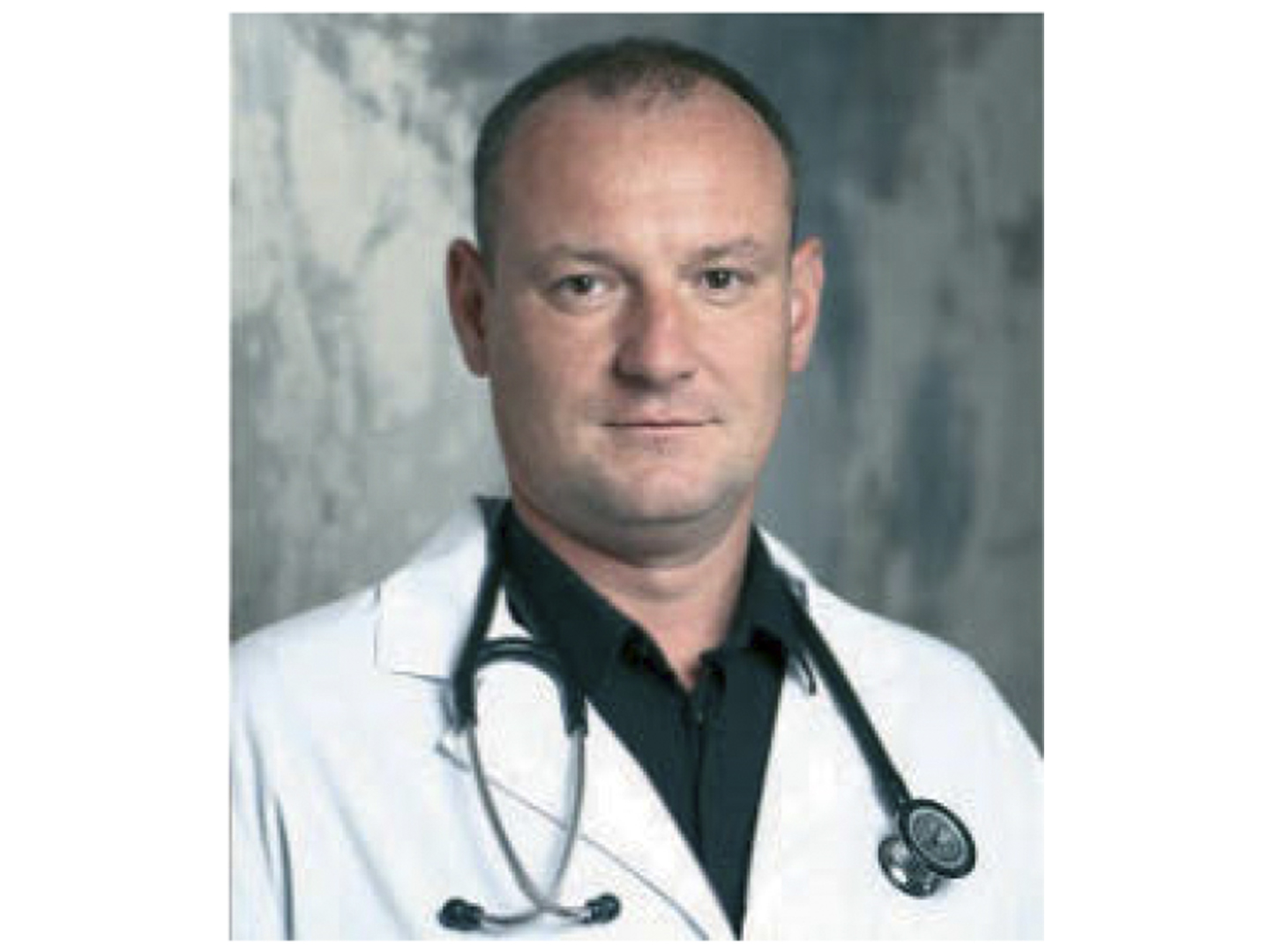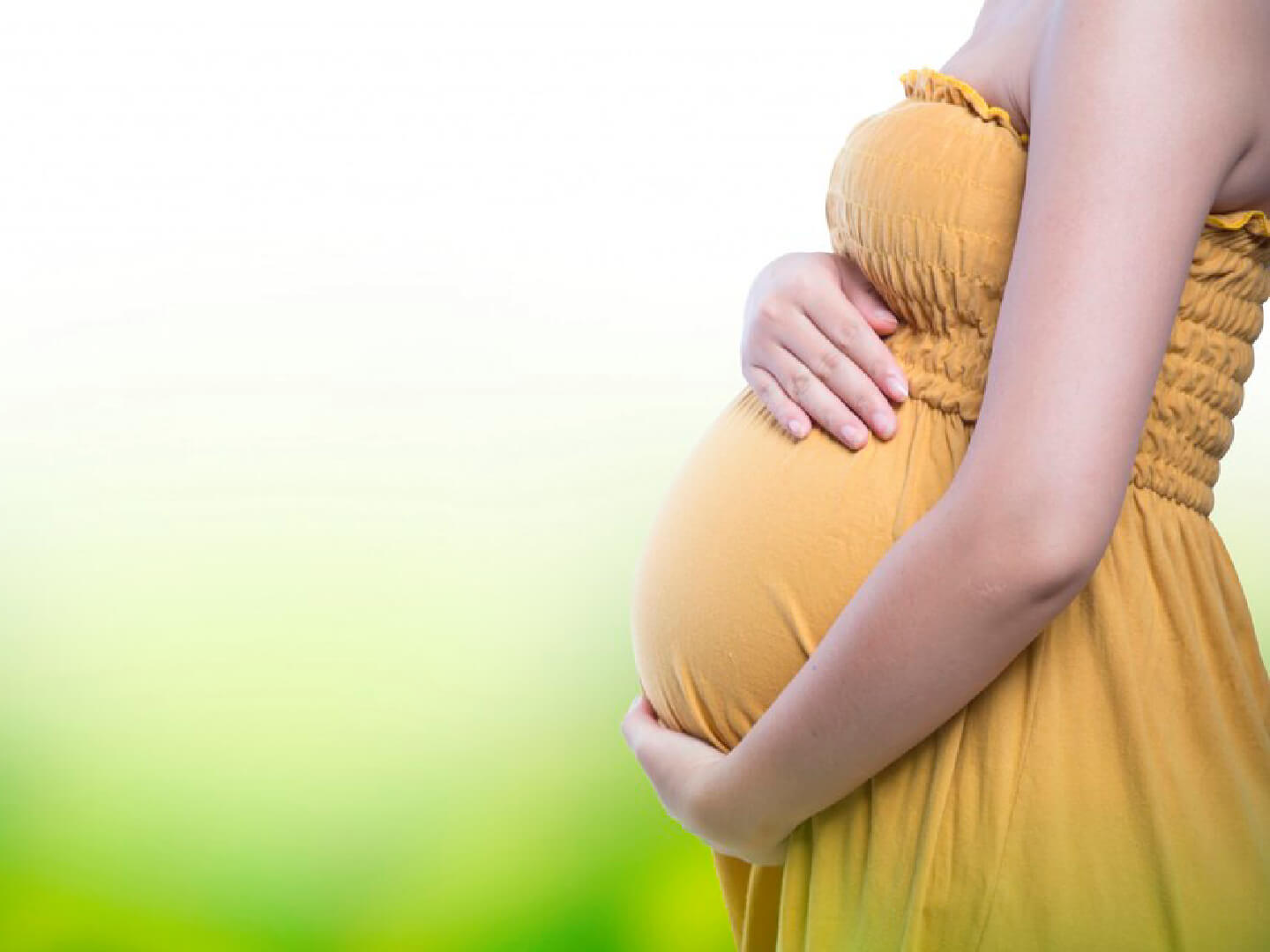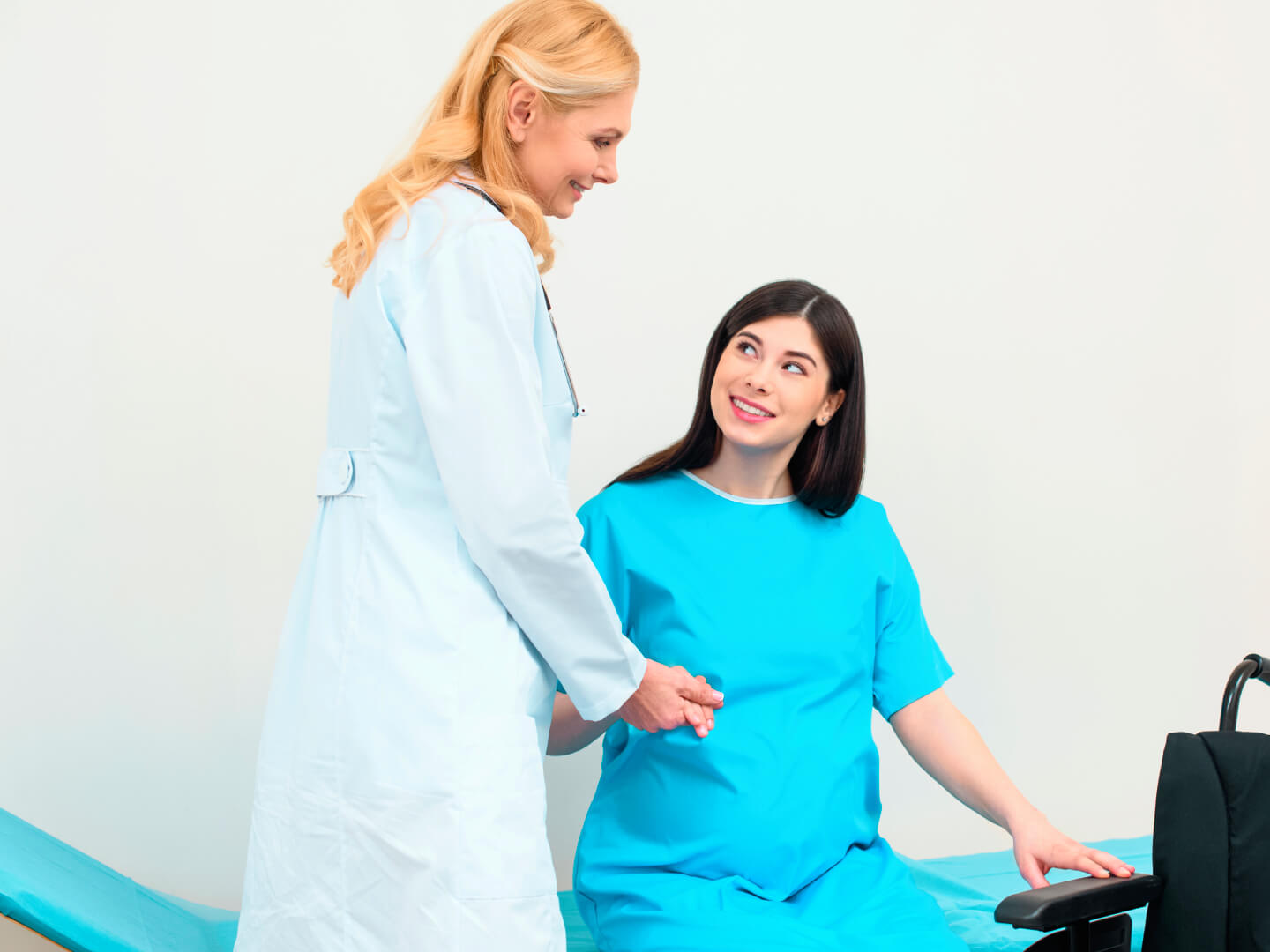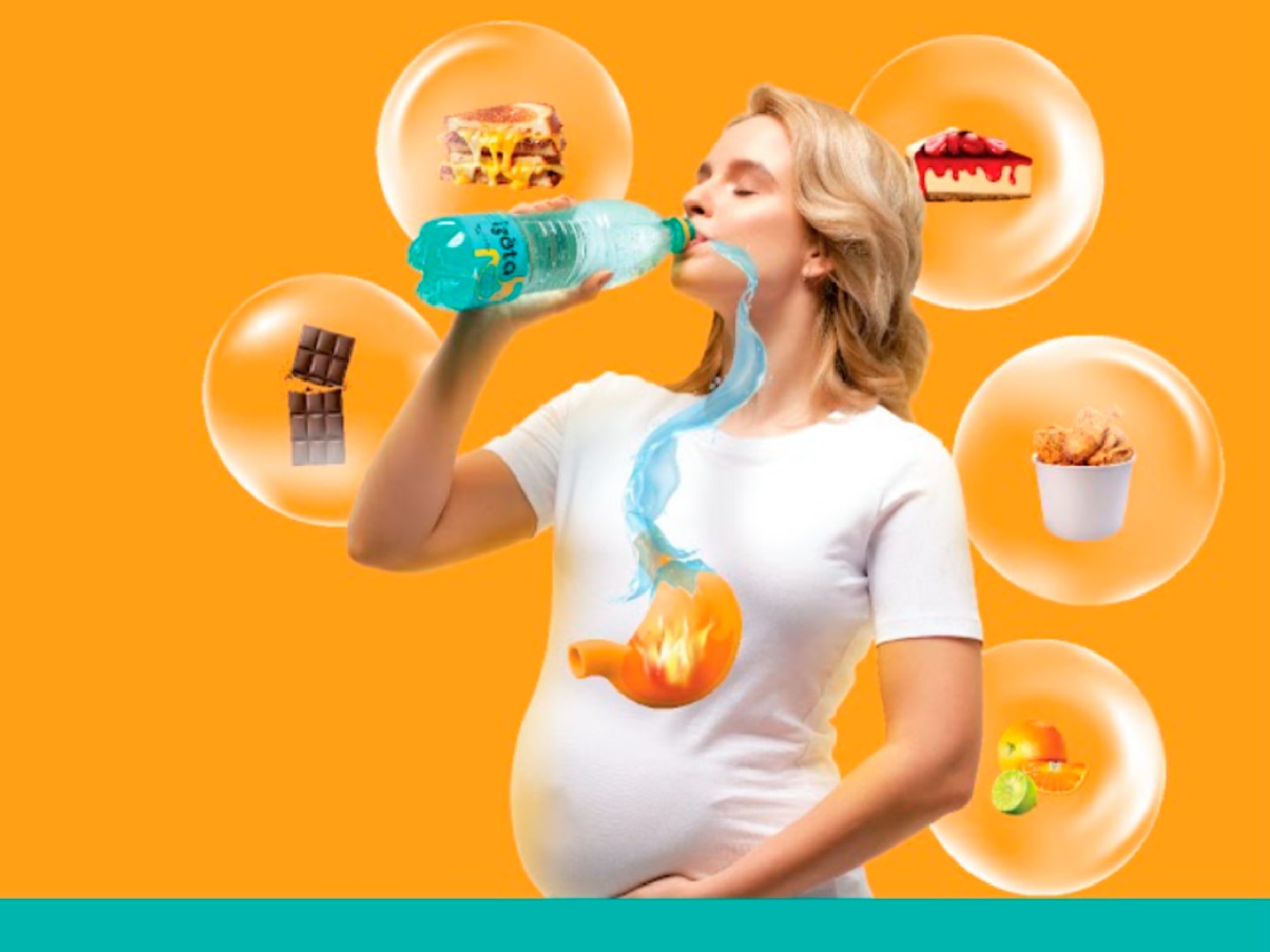Prevention of surgical site infection in women with high risk and comorbidity
Purpose — to analyze the effectiveness of antiseptics with decamethoxine for the prevention of surgical wound infection in women at risk: with autoimmune pathology, obesity.
Materials and methods. An analysis of the English literature to identify global trends in the incidence of cesarean section, the spread of autoimmune diseases, obesity, analysis of antiseptics prevention of surgical wound infection. The own experience of application of antiseptic with decamethoxine (Decasan) at women of risk group is presented.
Results and conclusions. The urgency of finding means for the prevention of purulent-septic complications is due to the growing number of deliveries performed by cesarean section, the tendency to increase the risk of women at risk of surgical complications — with autoimmune diseases, obesity. These trends are confirmed by world statistics. Antiseptic with decamethoxine meets the requirements for antiseptics in obstetrics. Experience in our clinic in groups of women with immune thrombocytopenia and obesity has shown efficacy in the prevention of surgical wound infection.
The research was carried out in accordance with the principles of the Helsinki Declaration. The study protocol was approved by the Local Ethics Committee of this Institute. The informed consent of the patient was obtained for conducting the studies.
No conflict of interest were declared by the authors.
Key words: surgical wound infection, decamethoxine, cesarean section, immune thrombocytopenia, obesity.
Authors:
Y.V. Davydova, A.O. Ogorodnik, О.М. Naumchik, SI «Institute of Pediatrics, Obstetrics and Gynecology named of academician O.M. Lukyanova NAMS of Ukraine», Kyiv
Literature:
- Alberti LR, de Souza Vasconcellos L, Petroianu A. (2012, Apr.). Influence of local or systemic corticosteroids on skin wound healing resistance. Acta Cir. Bras. 27 (4).
- Erica Carolina, Toshiki Kato, Vuong Cat Khanh, Kana Moriguchi, Toshiharu Yamashita, Kosuke Takeuchi, Hiromi Hamada, Osamu Ohneda. (2018, 28 September). Glucocorticoid Impaired the Wound Healing Ability of Endothelial Progenitor Cells by Reducing the Expression of CXCR4 in the PGE2 Pathway. Front. Med. doi 10.3389/fmed.2018.00276.
- Lerner A, Jeremias P Matthias T (2015). The World Incidence and Prevalence of Autoimmune Diseases is Increasing. International Journal of Celiac Disease. 3 (4): 151—155.
- Olsen MA, Butler AM, Willers DM, Devkota P Gross GA, Fraser VJ. (2008, Jun). Risk Factors for Surgical Site Infection After Low Transverse Cesarean Section. Infect Control Hosp Epidemiol. 29 (6): 477—484.
- Palii HK, Nechytailo MIe ta in. (2010, lystopad). Porivnialna kharakterystyka antyseptychnoi efektyvnosti dekametoksynu ta furatsylinu. Zdorov’ia Ukrainy. 22 (251). [ПалійГК, НечитайлоМЄ та ін. (2010, листопад). Порівняльна характеристика антисептичної ефективності декаметоксину та фурациліну. Здоров’я України. 22 (251)].
- Slominski AT, Zmijewski MA. (2017, May). Glucocorticoids Inhibit Wound Healing: Novel Mechanism of Action. Journal of Investigative Dermatology. 137 (5): 1012—1014.
- World Health Organization. (2016, Nov). Global guidelines on the prevention of surgical site infection.
- Zuarez—Easton S, Zafran N, Garmi G, Salim R. (2017, Feb). Postcesarean Wound Infection:Prevalence, Impact, Prevention, and Management Challenges. Womens Health. 17 (9): 81—88.
- https://www.cesareanrates.org
- https://www.npr.org/sections/goatsandsoda/2018/10/12/656198429/ rate-of-c-sections-is-rising-at-an-alarming-rate
- https://www.binghammemorial.org/Health-News/autoimmune- diseases-around-the-world
- https://www.who.int/news-room/fact-sheets/detail/obesity-and- overweight
- https://www.immunology.org/news/report-reveals-the-rising- rates-autoimmune-conditions

